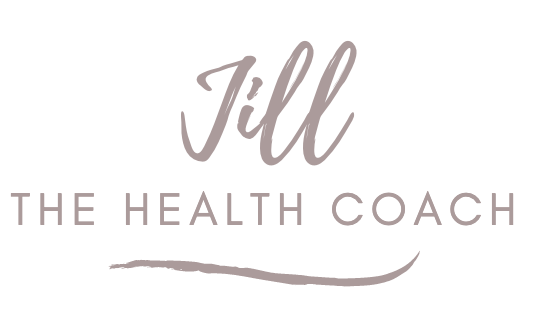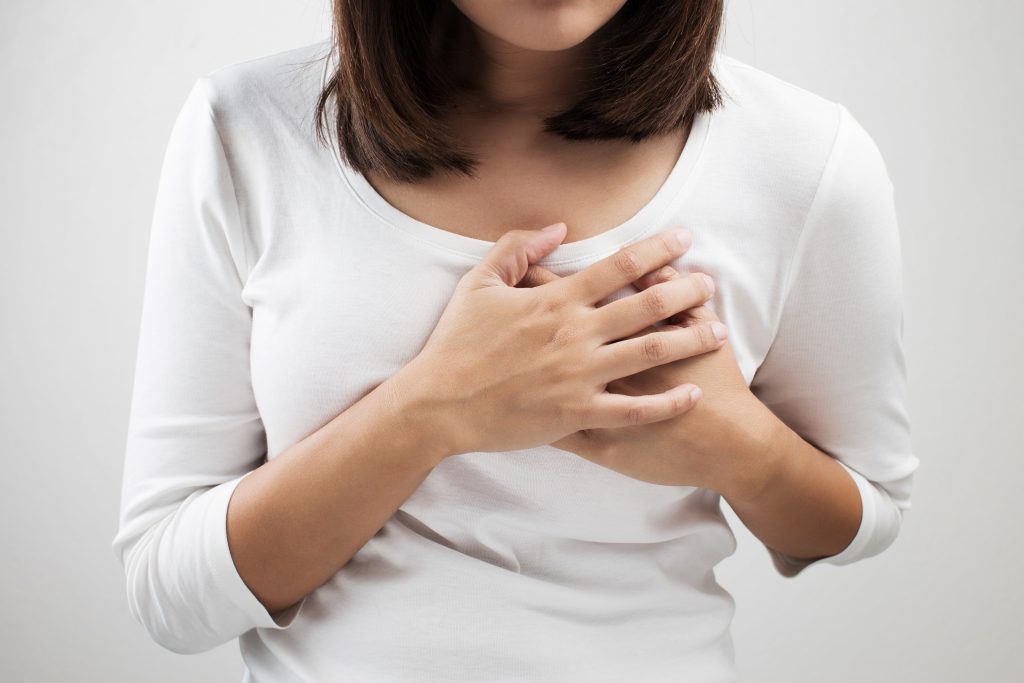Heart Disease is the number one killer among both men and women.
Most women are surprised that heart disease applies so much to them as they tend to worry far more about breast cancer than heart disease.
However, heart disease kills 6 times more women each year than breast cancer.
In fact, in a survey conducted by the American Heart Association only half even knew heart disease was the number one killer but then only 13% said it was their greatest personal risk.
Why do women have such misconception?
Perhaps women have this disconnect because breast cancer tends to affect more women in their 50s while heart disease typically appears when women are older closer to their 70s.
Make no mistake, though, as there are too many women who experience heart attack in their 50s.
Also, women claimed that their doctors typically didn’t talk about coronary risk and sometimes even mistake their symptoms for stress, anxiety and even hypochondria.
In addition, the obvious symptom of pounding chest pain is not the typical symptom in women. Most women tend to get more discomfort or indigestion type symptoms.
The pain or discomfort can also extend in other areas of the upper body, including the arms, back, neck, jaw or stomach.
Women are also more likely to experience shortness of breath, nausea/vomiting with back or jaw pain.
A 51 year old women marathon cyclist described her heart attack as “awful indigestion,” followed by “little squeezing motions that seemed to be racing up my spine…gaining speed as they continued racing up and under my sternum…which continued into my throat and branched out into both sides of my jaw.”
The 51-year old saved herself by calling the paramedics immediately and unlocking her front door and lying down by the door. She did end up passing out and was saved by the paramedics being able to enter right away and rushing her to the hospital.
By the way, this whole episode started not even 5 minutes before the woman passed out in front of her door, so it is crucial to call 911 immediately.
Another possible life saving technique if you should find yourself alone and experiencing the above symptoms is to cough repeatedly and very vigorously every 2 seconds. A deep breath should be taken before each cough and the cough must be deep and prolonged until help arrives.
Of course the best news about this number one killer is that it is the most preventable. As one would expect, those with the highest risk are diabetics, obese and overweight, smokers and high blood pressure are invariably a higher risk.
It is so important to eat a healthy diet of protein, vegetables and fruit and cut out processed foods. Shop the perimeter of the market and buy more one-ingredient foods such as apples, turkey, lettuce, almonds–you get the picture.
Be sure to add some type of movement or exercise every day. Just a walk a day can make a huge difference ( I LOVE my late afternoon walks!).
Obviously, if you are a smoker, there are just too many reasons to quit once and for all.
Finally, while this may be the trickiest for many, try to reduce stress and concentrate on positivity and forgiveness with your emotions. What you eat is crucial, but what’s eating you can be just as damaging.
You will not only decrease your coronary risk but you will feel great by making these small changes. Remember, it’s not just about you, it’s just as much about the people who love you.
Please check out my personal shopping list and guide that help keep me at my optimal weight and feeling great and out of the realm of cardiac risk.
“It is our choices that show what we truly are far more than our abilities.”
Live well and love more,
Jill Gordon
CHHC, HHC, CNHP, Digestive Health Specialist
www.JilltheHealthCoach.com
All material in this newsletter is provided for information only and may not be construed as medical advice or instruction. No action or inaction should be taken based solely on the contents of this publication;instead readers should consult appropriate health professionals on any matter relating to their health and well-being. The information provided has not been approved the Food & Drug Administration and is not intended to diagnose, treat, cure, or prevent any illness or disease.


